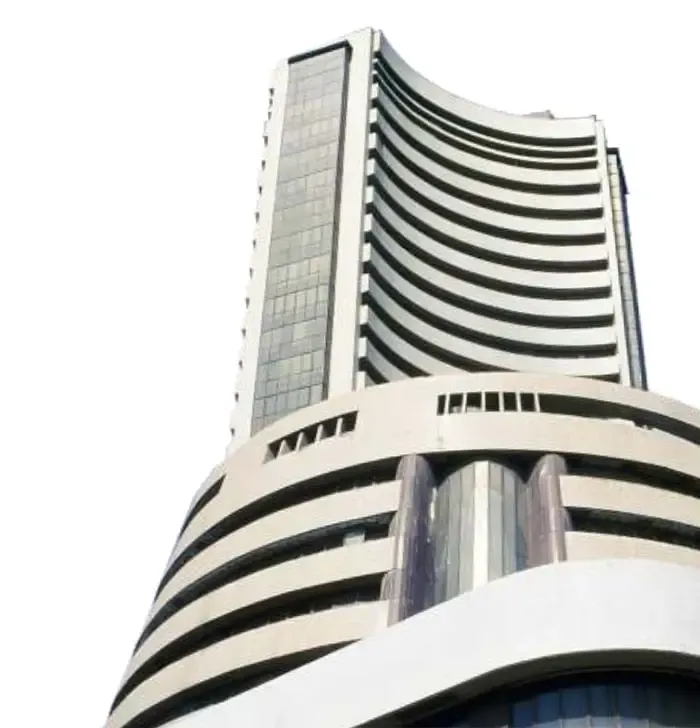How is BSE Strengthening Norms for SMEs Migrating to Mainboard?

Synopsis
Key Takeaways
- The BSE has raised the operating profitability requirement for SMEs.
- Minimum public shareholders increased from 250 to 1,000.
- New market liquidity criteria have been introduced.
- Net tangible assets must be at least Rs 3 crore over the last three years.
- The changes aim to improve market transparency and quality.
Mumbai, Aug 11 (NationPress) The Bombay Stock Exchange (BSE) announced on Monday that it has revised the eligibility standards for SME companies aiming to transition to the mainboard. The new requirements now stipulate an operating profitability of Rs 15 crore over the last three financial years, with a minimum operating profit of Rs 10 crore for each of those years.
These updated criteria will also apply to firms listed on other recognized stock exchanges that wish to list directly on India’s oldest stock exchange, the BSE.
According to the BSE, this initiative is designed to enhance transparency, disclosure, and ultimately the quality of listings.
Previously, the criteria required companies to demonstrate a positive operating profit for at least two of the past three financial years. Additionally, the minimum number of public shareholders has been increased from 250 to 1,000.
The exchange has also introduced market liquidity requirements for both entities seeking migration to the mainboard and those aiming for direct listing on the exchange.
To qualify, companies must have seen trading of at least 5 percent of the weighted average number of equity shares listed and must have traded on at least 80 percent of the days during the past six months.
In addition, companies are required to possess net tangible assets of at least Rs 3 crore for each of the last three financial years and must maintain a compliance record spanning three years, as per the BSE.
Small and midsize enterprises, commonly referred to as SMEs, are businesses that typically fall between small and large enterprises in terms of earnings, assets, and workforce.
With over 150 years of history, the BSE is the oldest recognized exchange in Asia, playing a crucial role in the evolution of the Indian capital market and providing countless Indian businesses with a robust platform for capital raising.









